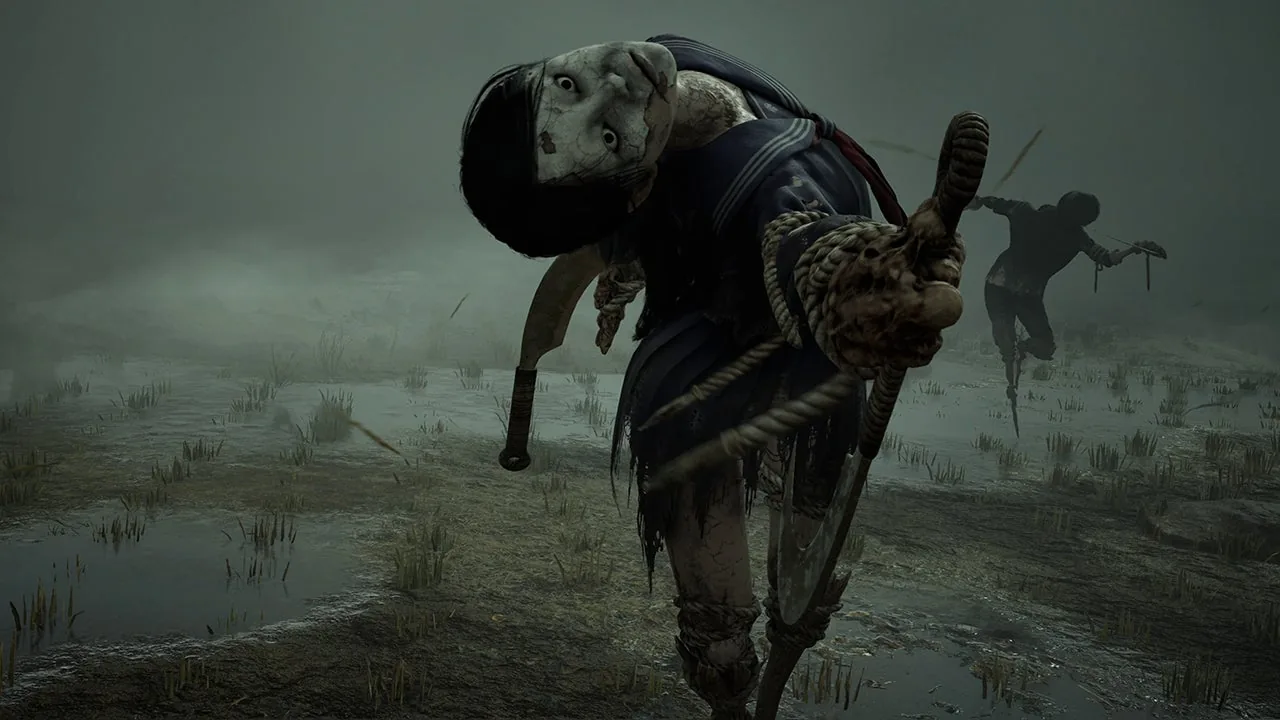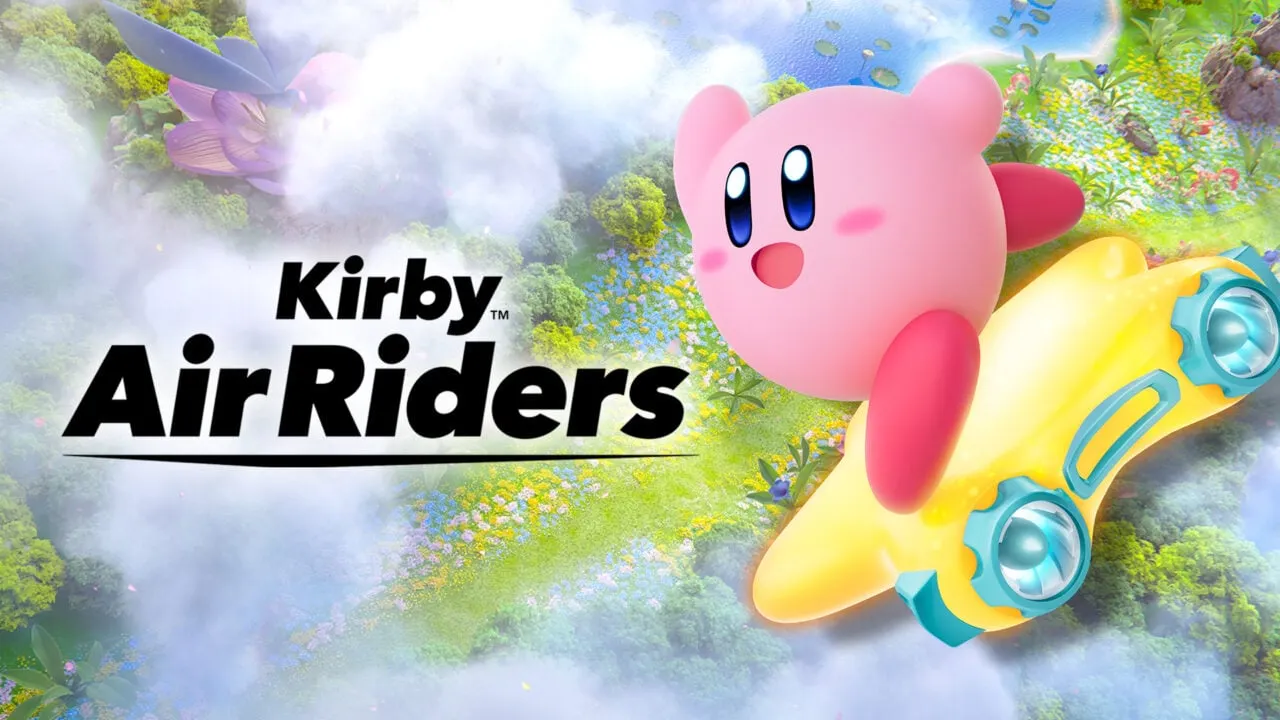The Silent Hill franchise has always been defined by atmosphere, psychological tension, and unsettling storytelling. With Silent Hill f, the series takes a bold leap into unfamiliar territory, introducing deeper survival mechanics and a host of new systems that could redefine how players experience fear.
Set in 1960s rural Japan, the game departs from the familiar American backdrop of earlier titles. Players step into the shoes of Hinako, a young woman whose vulnerabilities and inner struggles mirror the external horrors lurking in her surroundings. The result is a chilling blend of Japanese folklore and the trademark dread of the Silent Hill series.
A New Era of Combat and Survival
Unlike its predecessors, Silent Hill f adds layers of complexity to combat. Players must balance three key elements:
- Stamina — Essential for running, dodging, and attacking. Poor management leaves Hinako exhausted and exposed.
- Sanity — A psychological meter that governs special abilities and focus. As sanity dwindles, perception warps and decision-making grows riskier.
- Omamori — Mystical charms that act like equippable upgrades, granting bonuses such as improved stamina recovery, stronger defense, or enhanced weapon durability.
These systems force players to think strategically. Every dodge, every swing of a weapon, and every shrine offering carries weight, ensuring that fear comes not just from what lurks in the fog but from the constant pressure of resource management.
Resource Management at the Core
True to survival horror roots, scarcity is a theme that defines Silent Hill f. Weapons degrade over time, supplies are limited, and omamori slots must be carefully expanded through offerings at shrines. This creates a push-and-pull dynamic: engage too recklessly, and you’ll burn through stamina and break your weapons; play too cautiously, and the mounting tension can overwhelm you.
Players who prioritize stamina upgrades early often find the game more forgiving, while those who dive into sanity abilities must cope with unpredictable risks. The choice creates a highly personal experience—your strategy may be very different from someone else’s.
Strengths and Weaknesses of the New Design
Strengths:
- The atmosphere is gripping, blending eerie sound design, oppressive fog, and grotesque imagery.
- The setting in rural Japan introduces fresh cultural themes, intertwining local folklore with universal horror.
- The omamori system encourages experimentation, letting players tailor their approach to combat and survival.
Weaknesses:
- Combat can feel sluggish, with dodges and attacks demanding precise timing.
- Weapon durability and resource juggling may frustrate players who prefer streamlined horror experiences.
- Some feel the mechanics add complexity at the expense of immersion, turning dread into micro-management.
A Polarizing Entry in the Franchise
Silent Hill f is a daring experiment. It embraces the psychological terror fans expect but layers it with survival systems that challenge patience and adaptability. For some, this deepens immersion, making every encounter pulse with tension. For others, it risks overcomplicating what should be a more atmospheric experience.
One thing is certain: Silent Hill f refuses to play it safe. It offers a horror experience unlike any in the series to date—one that forces players to confront not only the monsters in the dark, but also the fragility of their own stamina, sanity, and resolve.
















Leave a Reply